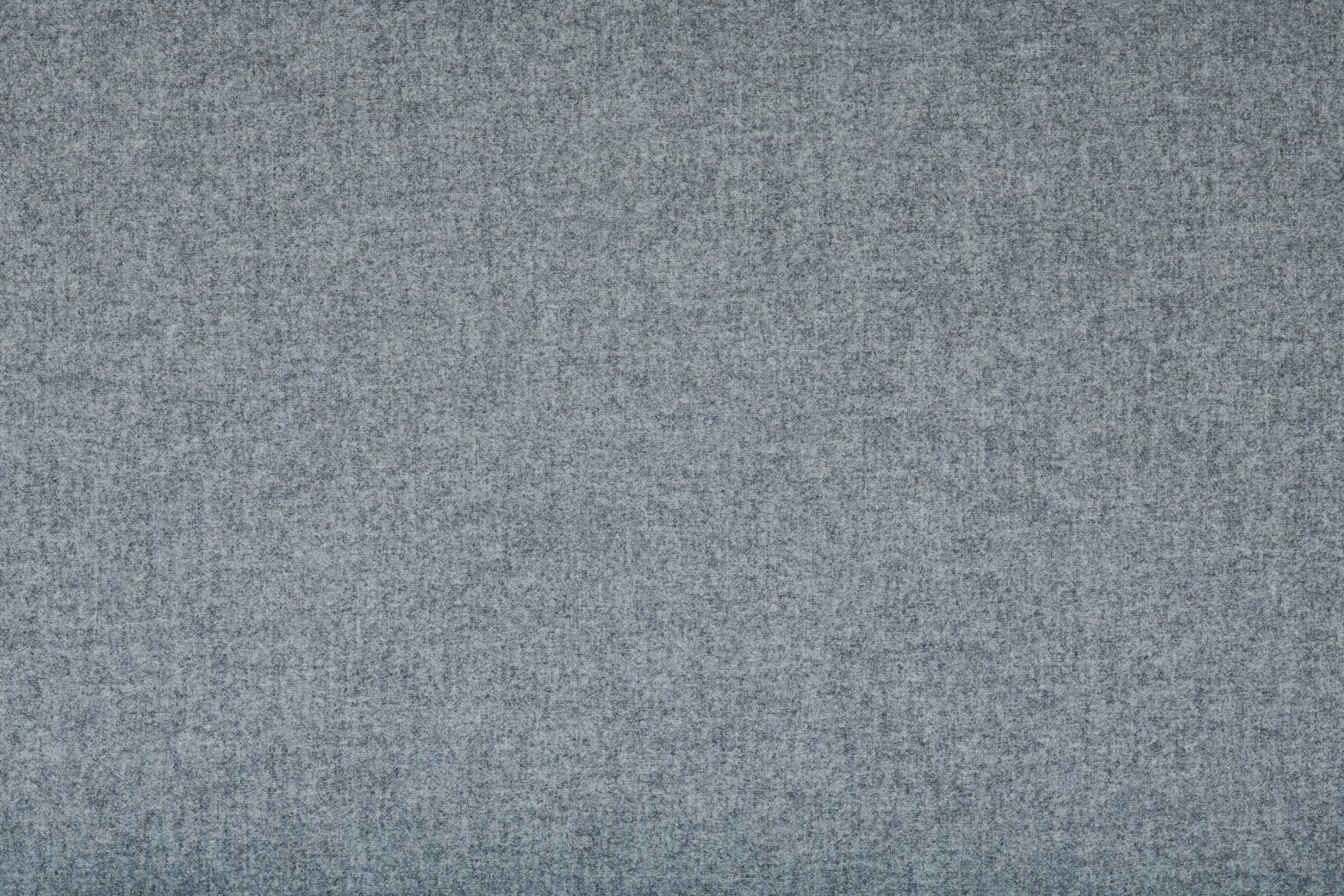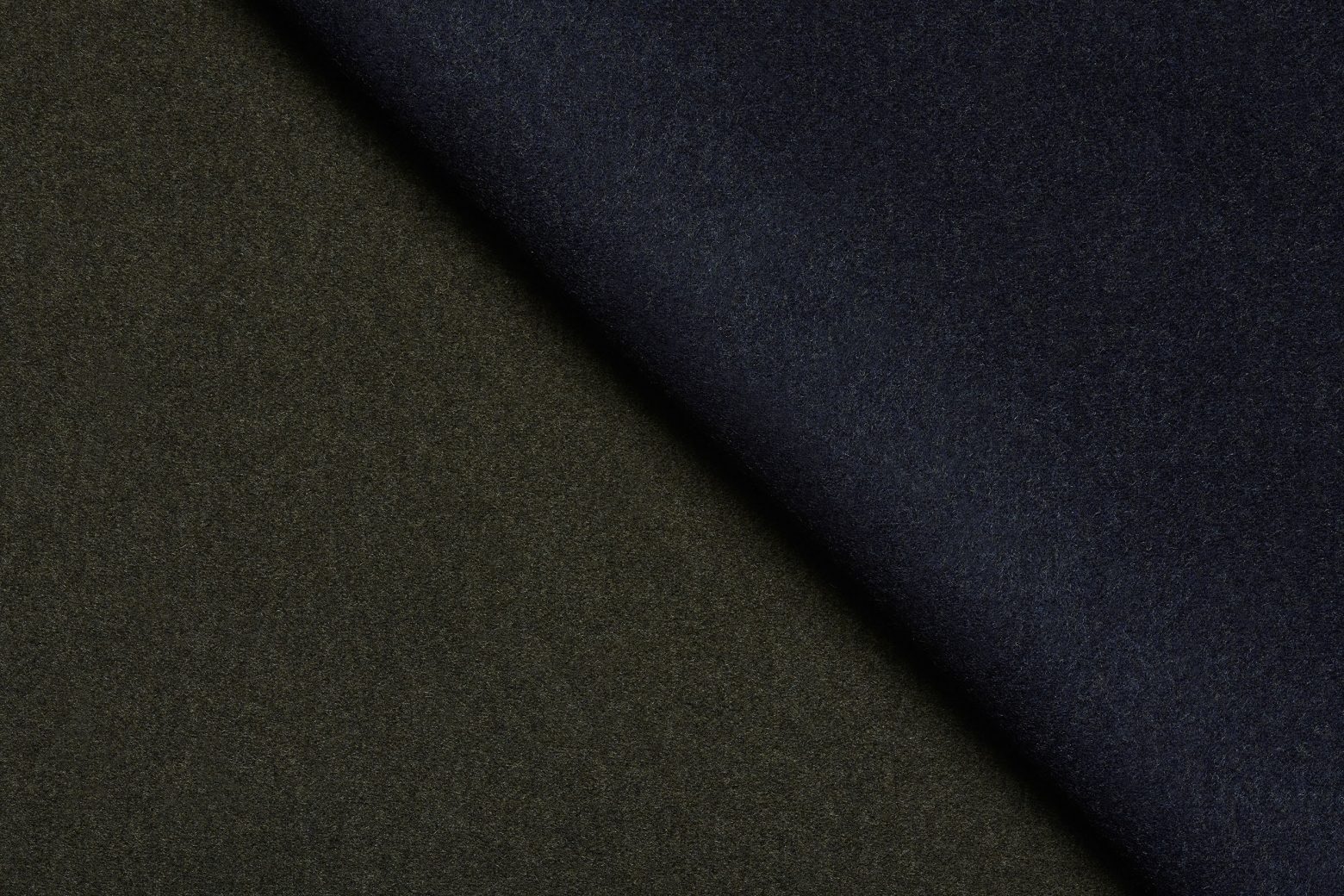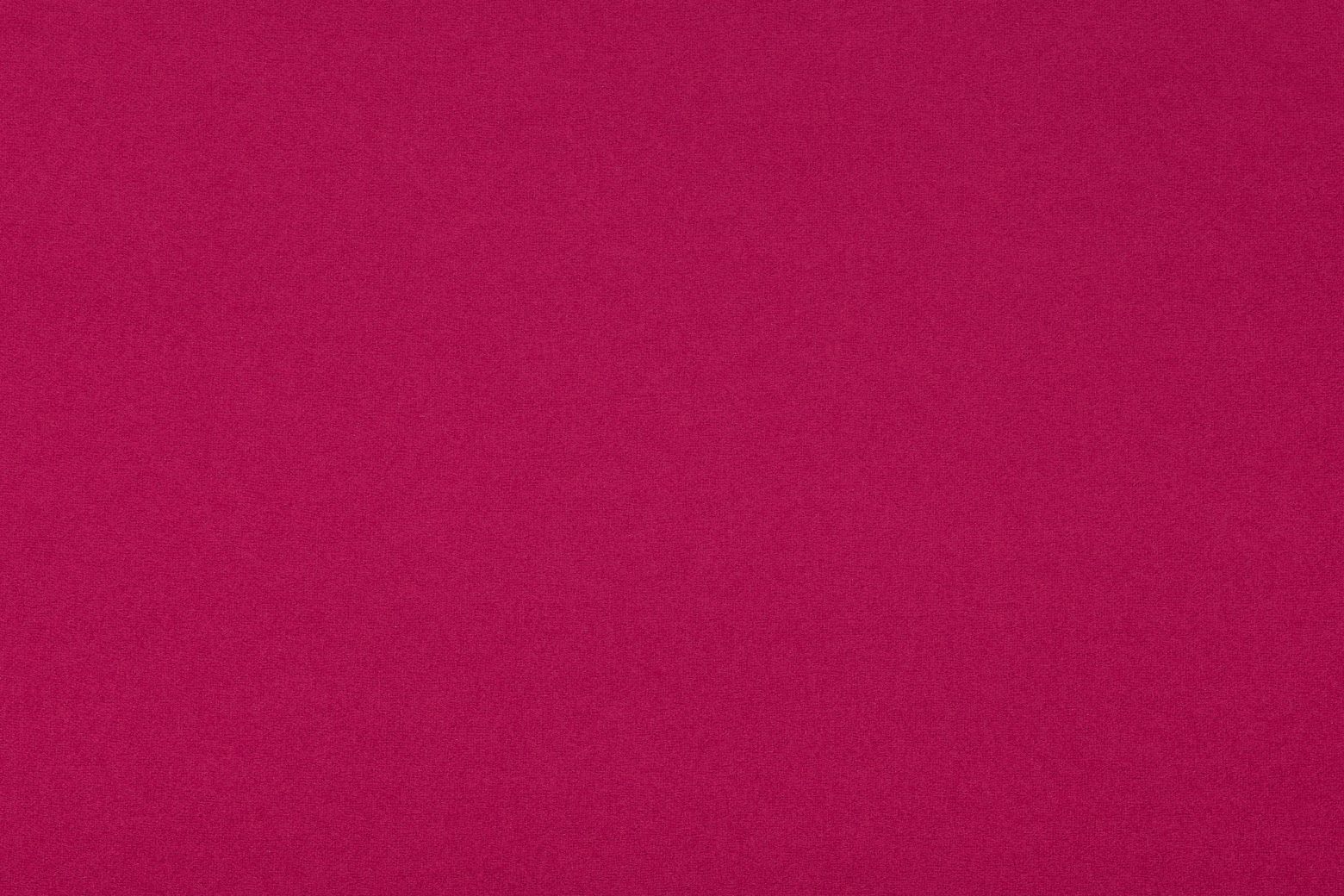Subtotal: €363,10
Learn more about shipping costs, payment methods and our revocation policy.


Subtotal: €363,10
Learn more about shipping costs, payment methods and our revocation policy.
Australian Merino wool is unrivalled regarding its sustainability. It is an entirely natural fibre grown by millions of Australian sheep every year and thus a renewable and sustainable resource. All it requires is the simple combination of sheep, sunlight, water and grass.
Unlike most synthetic fibres such as Polyester (PES) or Polyamide (PA), Merino wool is biodegradable: it takes only a few years to completely decompose. During this process the wool also slowly releases valuable nutrients. It is the perfect choice for those who prefer clothing that has a minimal impact on the environment.
The combination of a natural and renewable resources with innovative finishing processes makes Merino wool the number one choice for both, clothing brands and fashion designers. These innovations meet increasing consumer demands for more functional fabrics and create new opportunities for textile production.
Merino wool fibres have a unique surface structure of tiny overlapping scales, which contribute to many of its performance qualities. These scales are also the base for felting. Felted surfaces are created when wool fibres slip over one another and the scales interlock, preventing the fibre from returning to its original shape. The process can be controlled to produce dense woolen fabrics creating a unique grip and drape. Felting textures also improve clothing physiological parameters such as the thermal insulation.
Australian Merino wool is unrivalled regarding its sustainability. It is an entirely natural fibre grown by millions of Australian sheep every year and thus a renewable and sustainable resource. All it requires is the simple combination of sheep, sunlight, water and grass.
Unlike most synthetic fibres such as Polyester (PES) or Polyamide (PA), Merino wool is biodegradable: it takes only a few years to completely decompose. During this process the wool also slowly releases valuable nutrients. It is the perfect choice for those who prefer clothing that has a minimal impact on the environment.
The combination of a natural and renewable resources with innovative finishing processes makes Merino wool the number one choice for both, clothing brands and fashion designers. These innovations meet increasing consumer demands for more functional fabrics and create new opportunities for textile production.
Merino wool fibres have a unique surface structure of tiny overlapping scales, which contribute to many of its performance qualities. These scales are also the base for felting. Felted surfaces are created when wool fibres slip over one another and the scales interlock, preventing the fibre from returning to its original shape. The process can be controlled to produce dense woolen fabrics creating a unique grip and drape. Felting textures also improve clothing physiological parameters such as the thermal insulation.














Leichtfried mainly uses extra fine Australian Merino wool to ensure they maintain their oustanding quality and durability.
Founded in 1884 the Leichtfried woollen mill is specialized in the production of high-quality woollen cloth and Loden fabrics.
The entire production process is in our hands. This ensures that every metre of loden leaving our production represents highest quality.
Leichtfried mainly uses extra fine Australian Merino wool to ensure they maintain their oustanding quality and durability.
Founded in 1884 the Leichtfried woollen mill is specialized in the production of high-quality woollen cloth and Loden fabrics.
The entire production process is in our hands. This ensures that every metre of loden leaving our production represents highest quality.